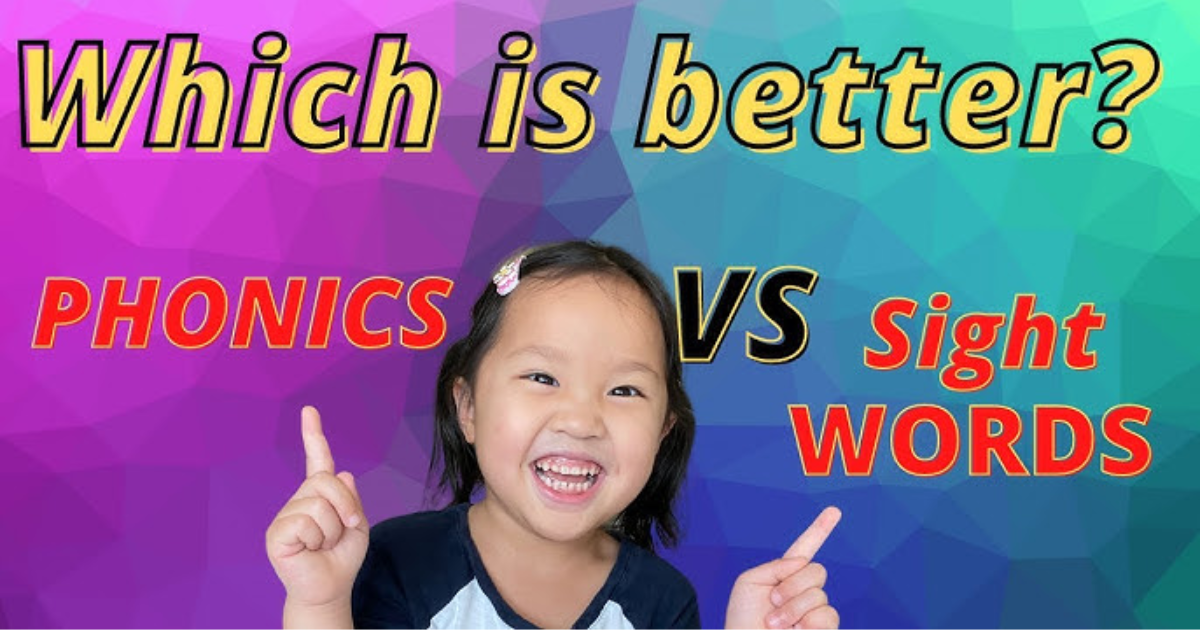
If you’re teaching your child to read at home, you’ve probably come across two popular terms: phonics and sight words. But which one should come first? Is one better than the other? Or do they work together?
In this guide, we’ll explain the difference between phonics and sight words, help you understand when and how to introduce each one, and share practical tips to make your child’s reading journey fun and stress-free.
Phonics is a method that teaches kids to read by breaking words into individual sounds and matching those sounds to letters. It’s all about helping children decode words by sounding them out. For example, when a child sees the word cat, they learn to say /k/ – /a/ – /t/ and blend the sounds to read cat.
Phonics builds a solid foundation for reading. Once a child understands how letters work together to form words, they can read unfamiliar words on their own. It also supports spelling and pronunciation later on.
Sight words are words that children are encouraged to memorize and recognize instantly, without sounding them out. These are usually high-frequency words that show up a lot in children’s books, like the, was, said, and where.
Some of these words don’t follow typical phonics rules, so teaching kids to recognize them by sight can speed up their reading fluency. That way, they don’t get stuck trying to sound out tricky words that don’t make sense phonetically.
The short answer: Start with phonics.
Why? Because phonics gives your child the tools to read almost any word. Once they understand how sounds connect with letters, they can start building and decoding words on their own—which creates confidence and independence.
That said, sight words have an important place too. You don’t need to wait until your child has “mastered” phonics to introduce a few key sight words. In fact, combining both can make the learning process smoother and more enjoyable.
Here’s a step-by-step way to introduce both phonics and sight words without overwhelming your child:
Phonics and sight words serve different but equally important roles in learning to read. Phonics gives your child the ability to read new words, while sight words make reading faster and smoother by eliminating the need to sound out every word.
Together, they create a complete reading toolkit that empowers your child to read with confidence.
If you’re looking for fun, ready-to-print tools to teach phonics and sight words at home, check out our learning kits at LittleReadersp.com. From unicorn-themed flashcards to space adventure storybooks, we make reading exciting for kids and stress-free for parents.
When it comes to phonics vs sight words, the best approach is a balance—start with phonics to build a strong foundation, and layer in sight words as your child begins to read more.
Every child learns at their own pace, so trust the process, stay patient, and most importantly, keep it fun. A confident reader isn’t born overnight—but with the right tools, they’ll get there one joyful page at a time.